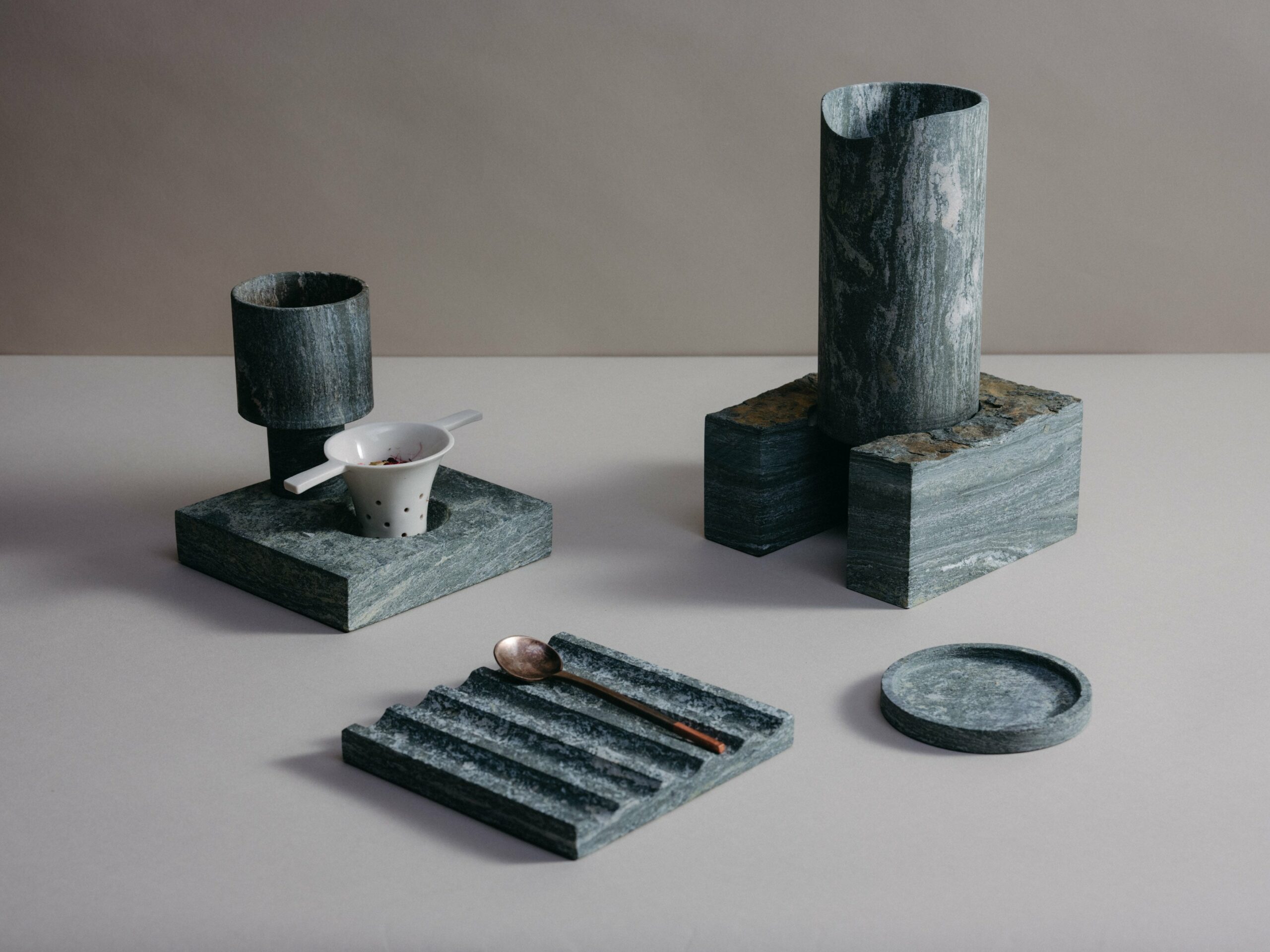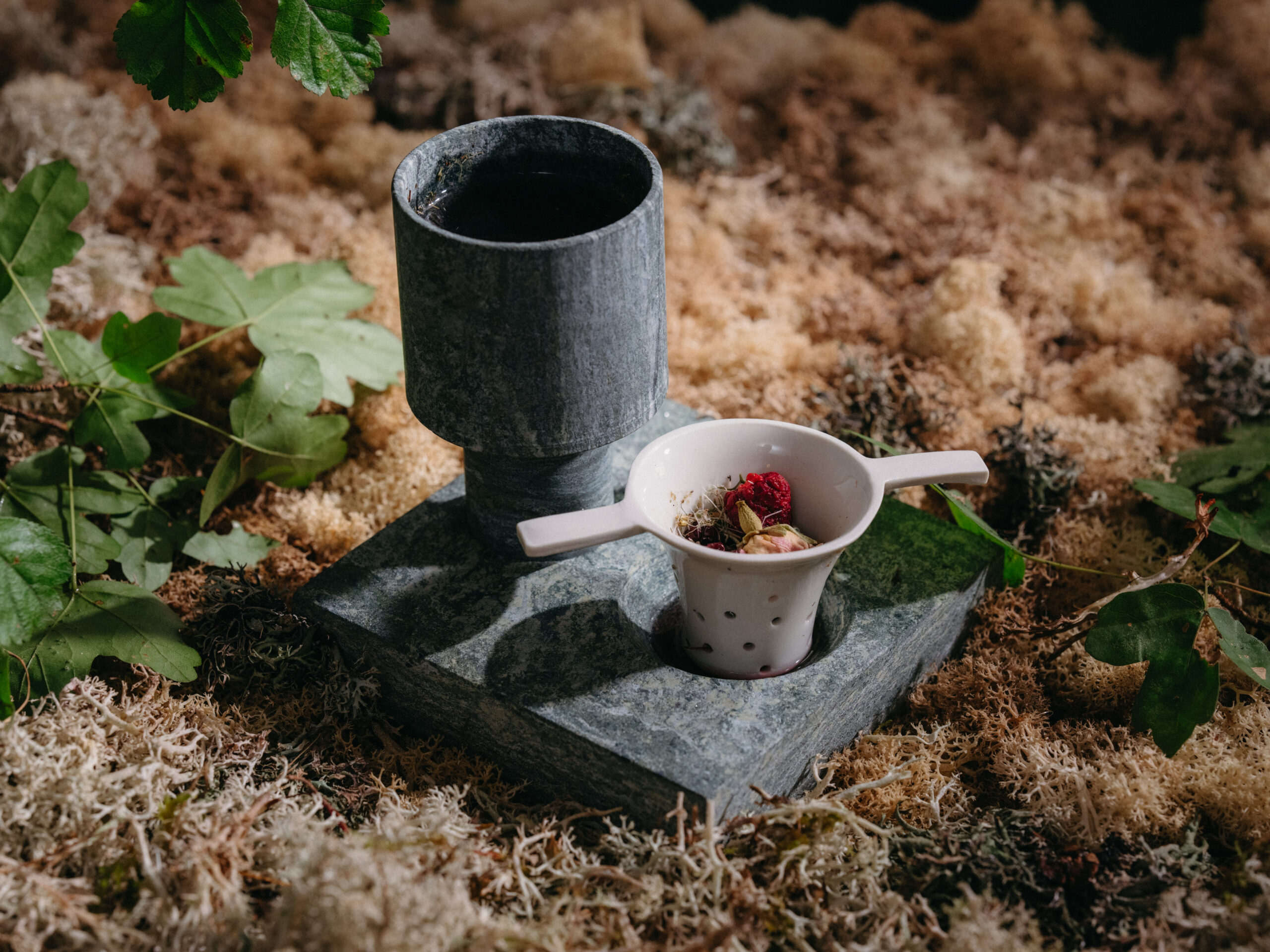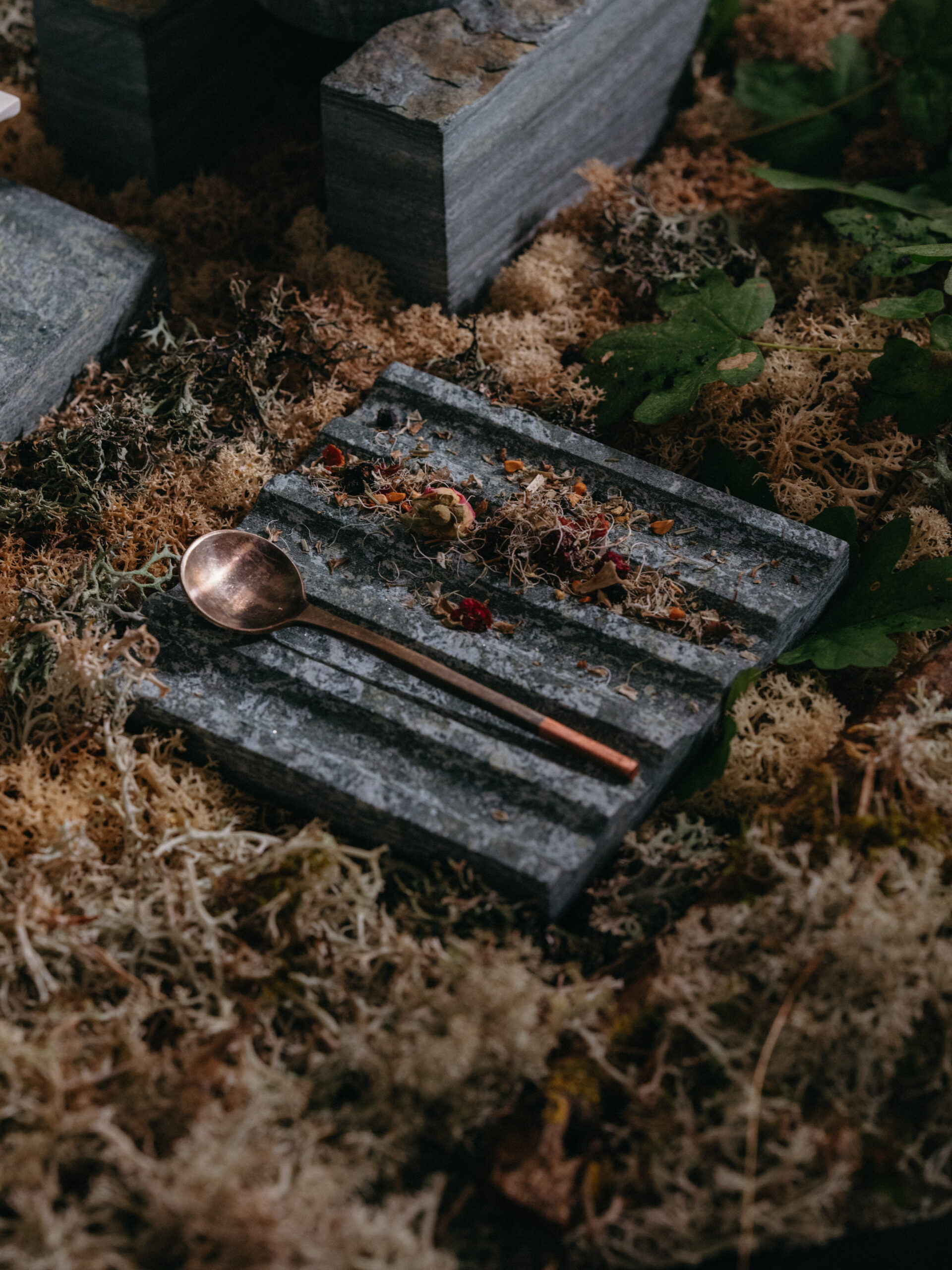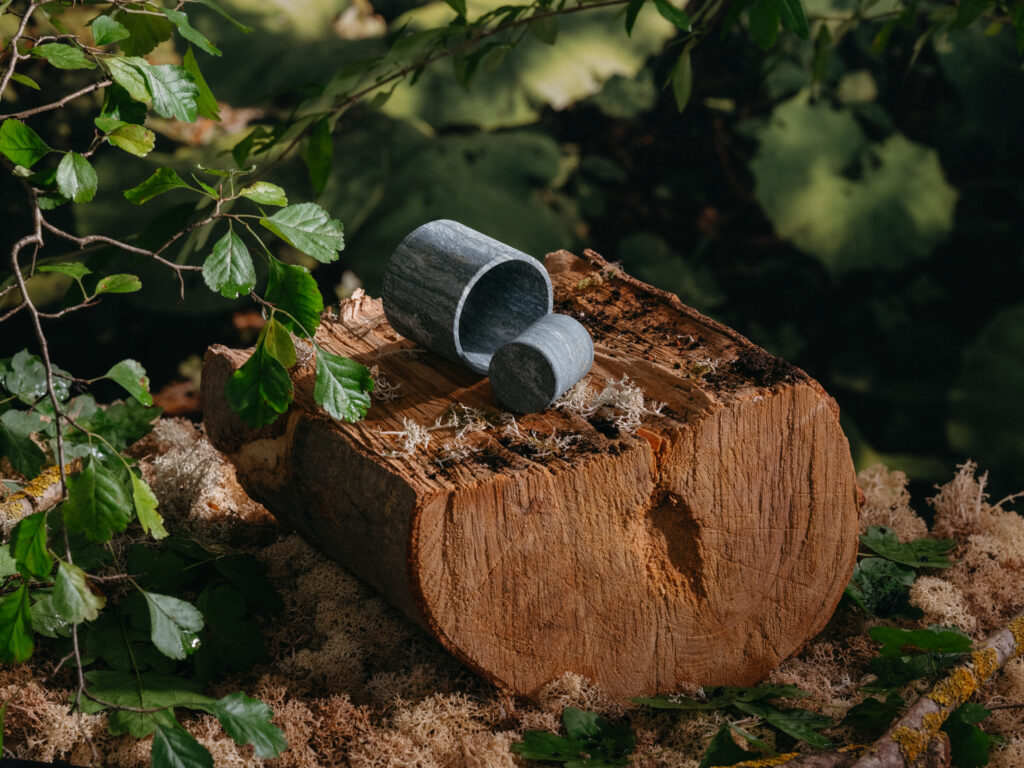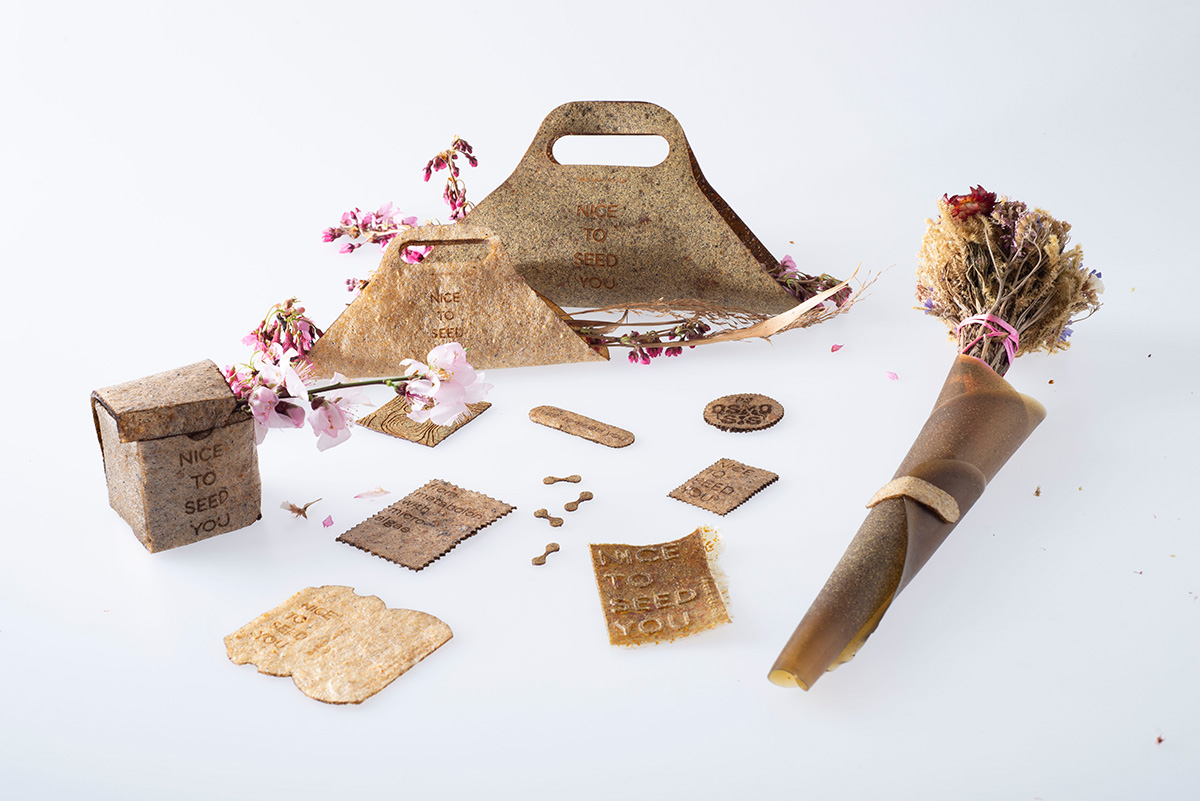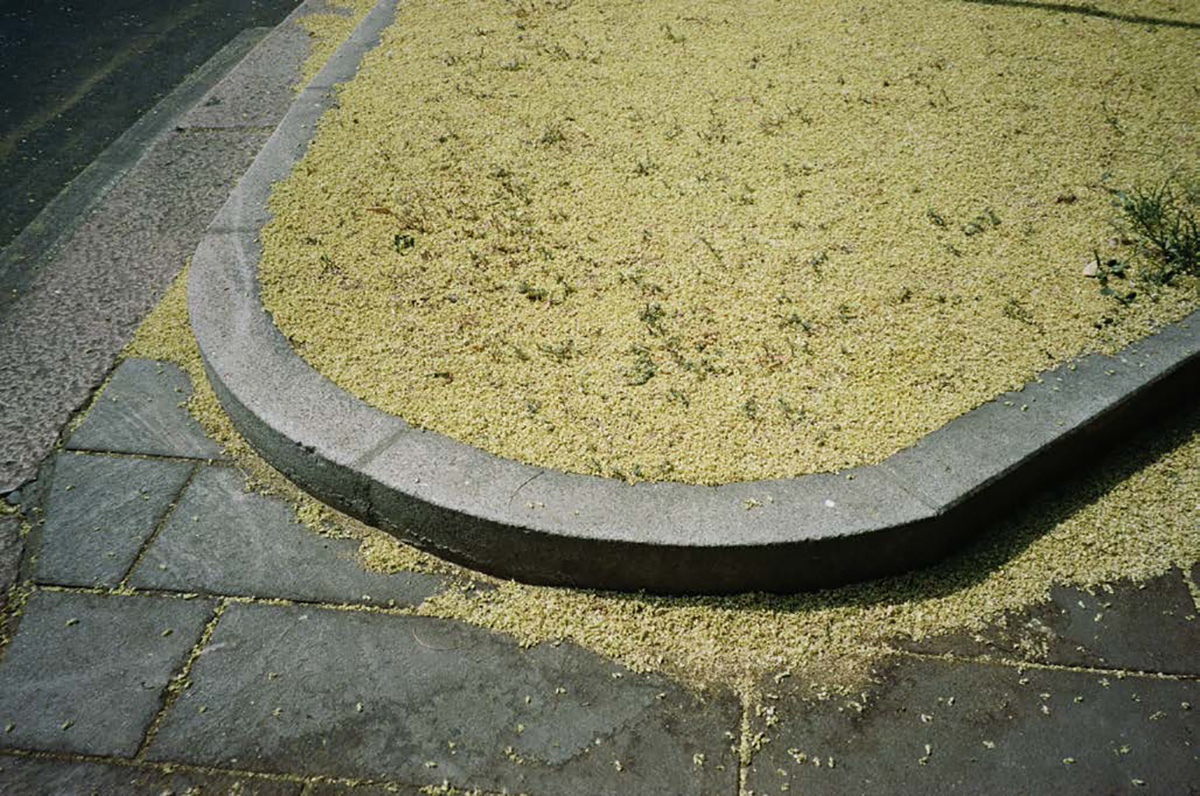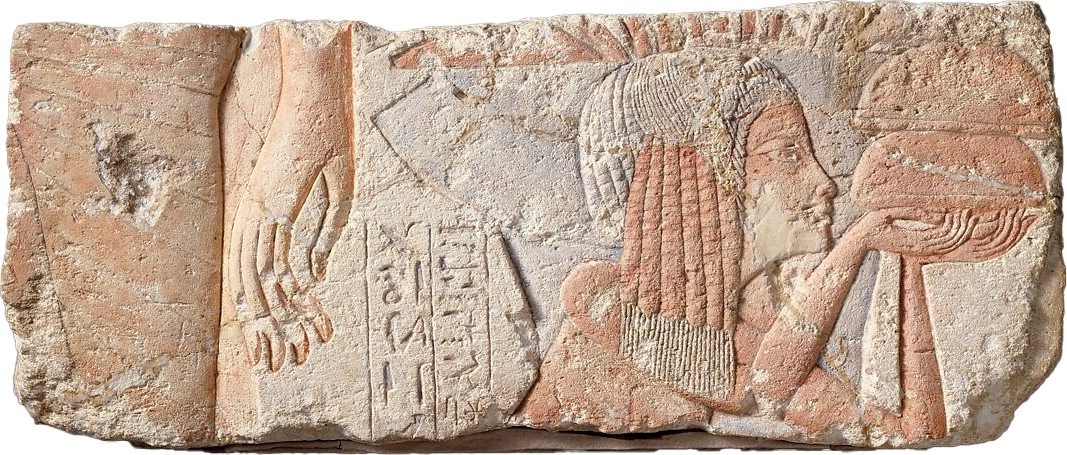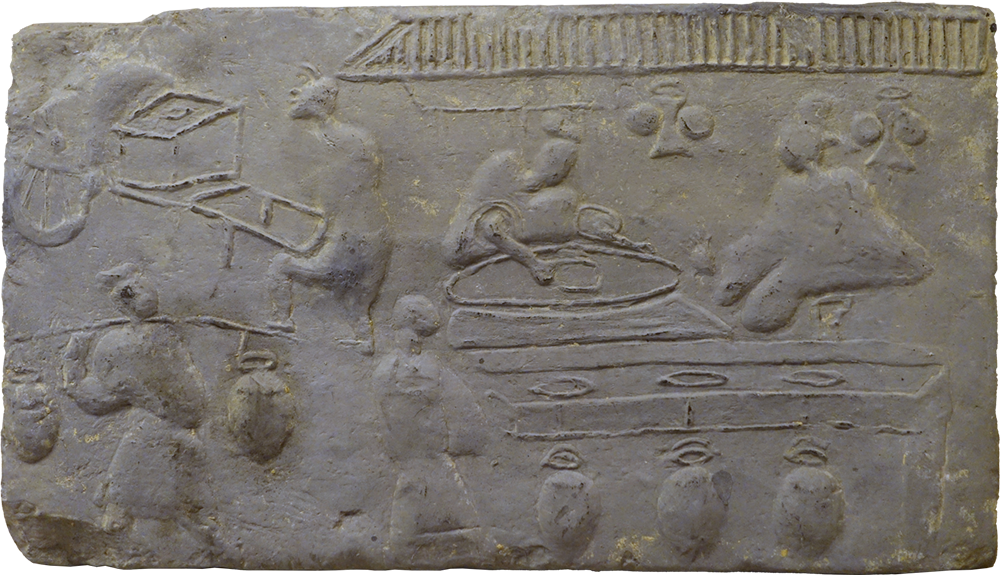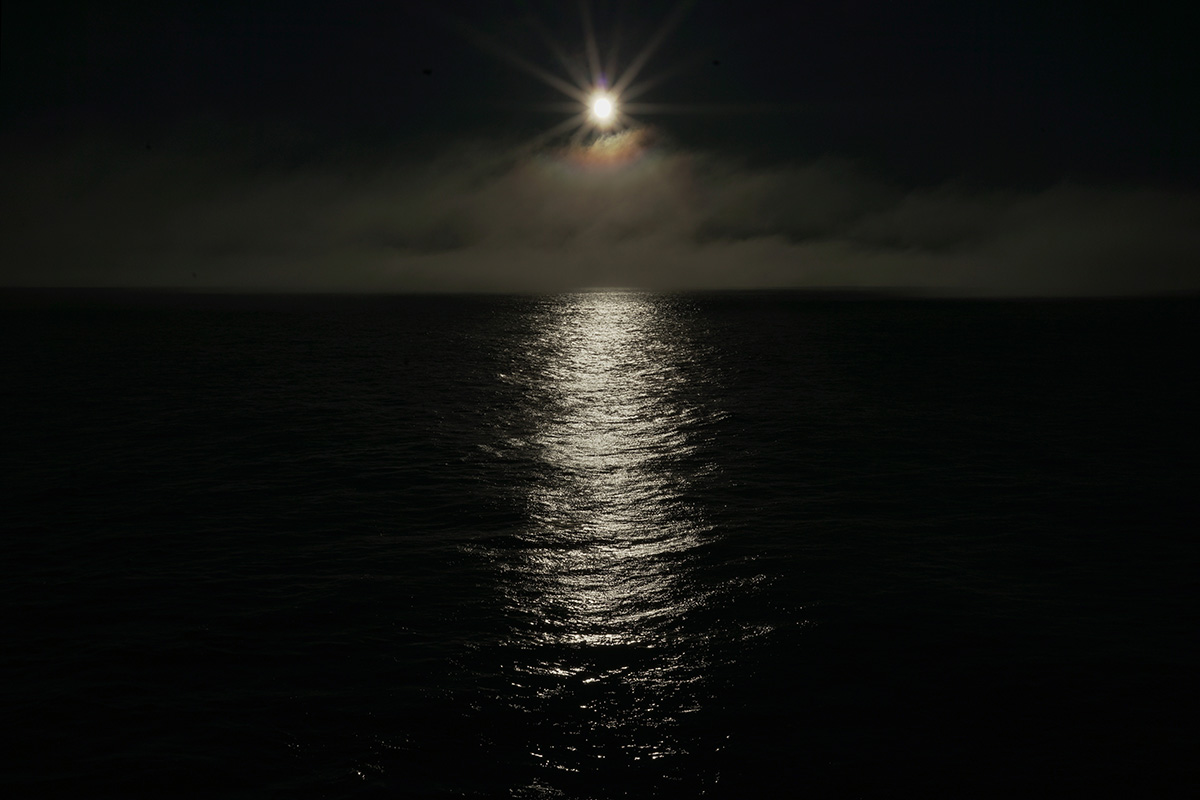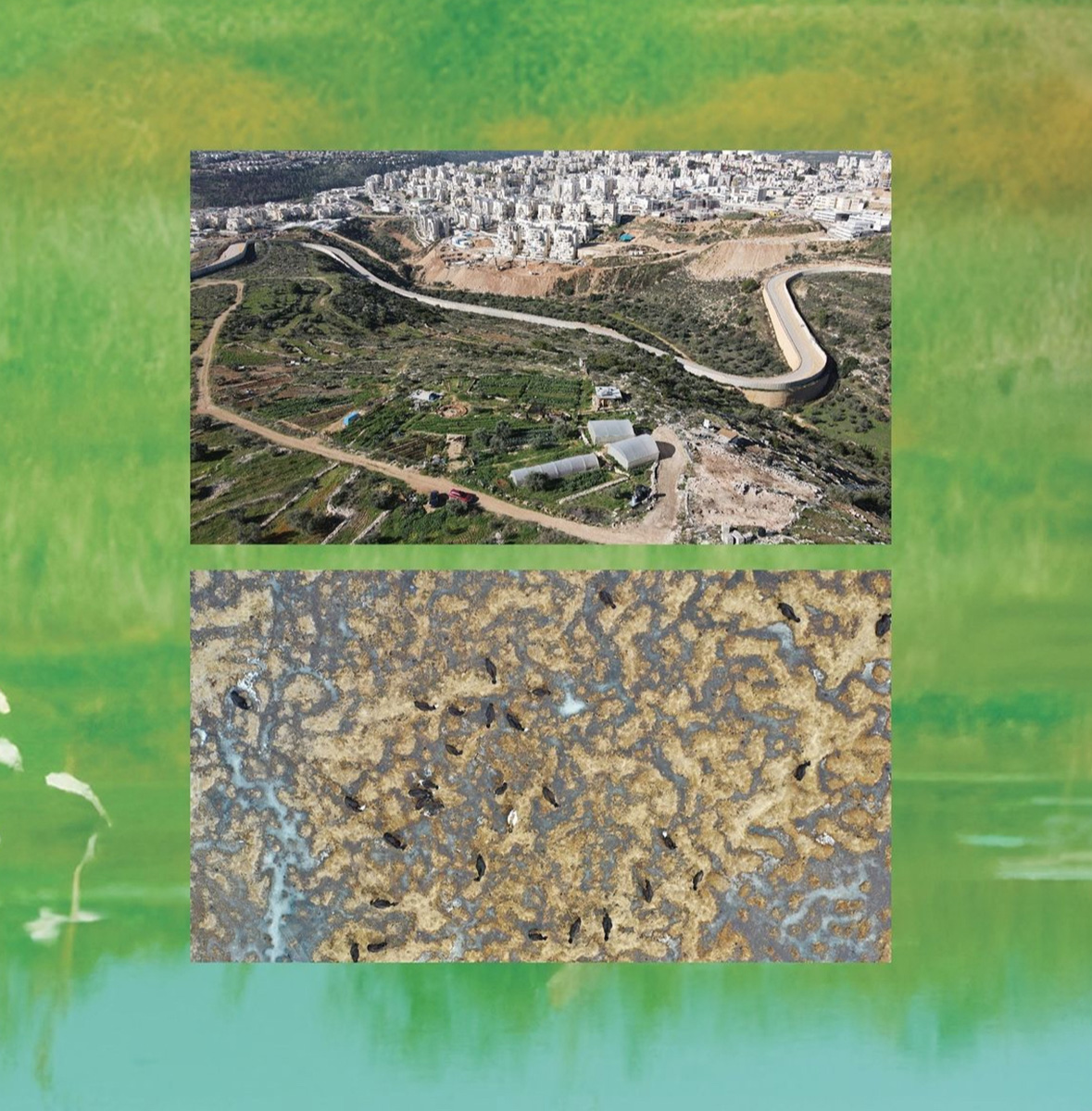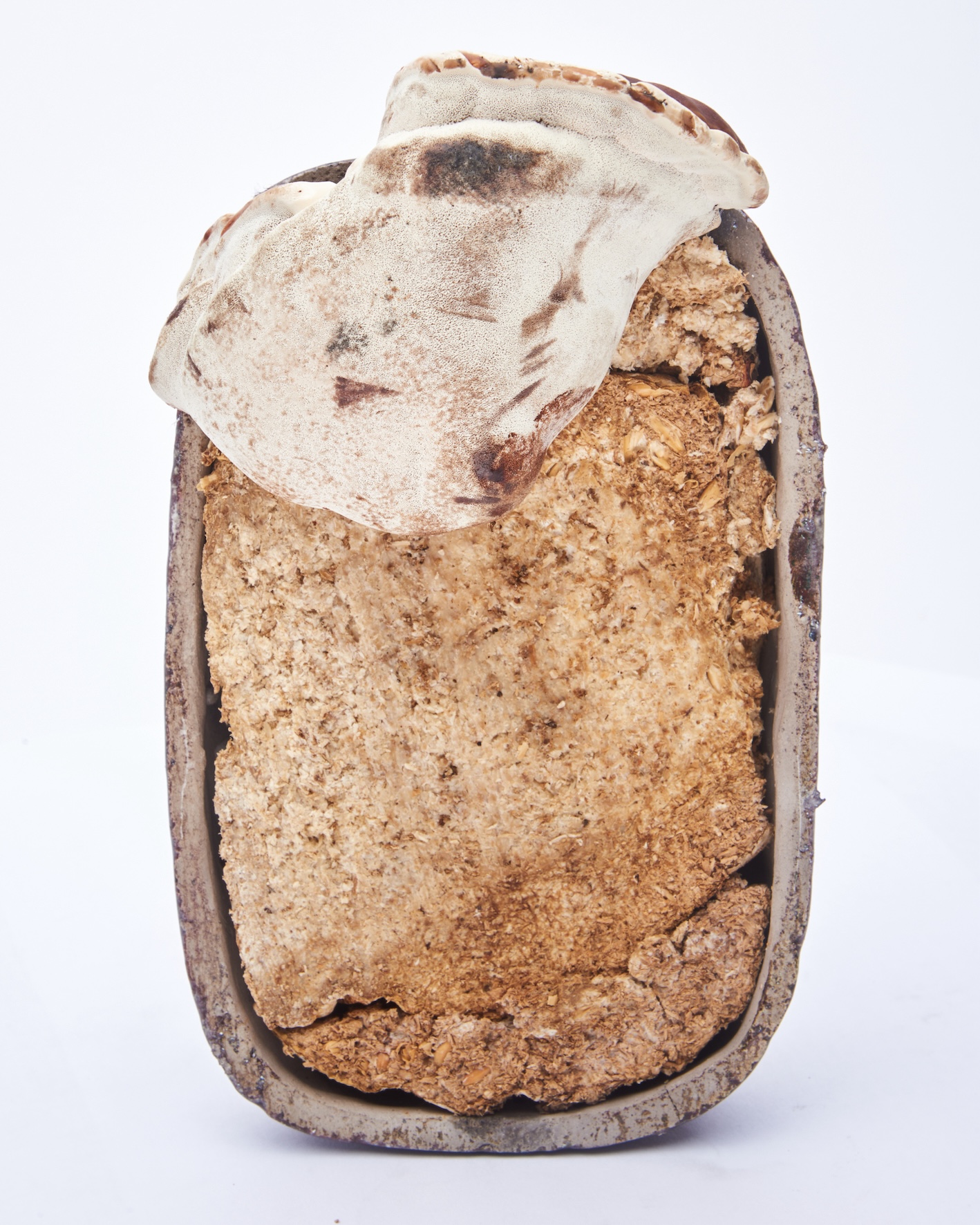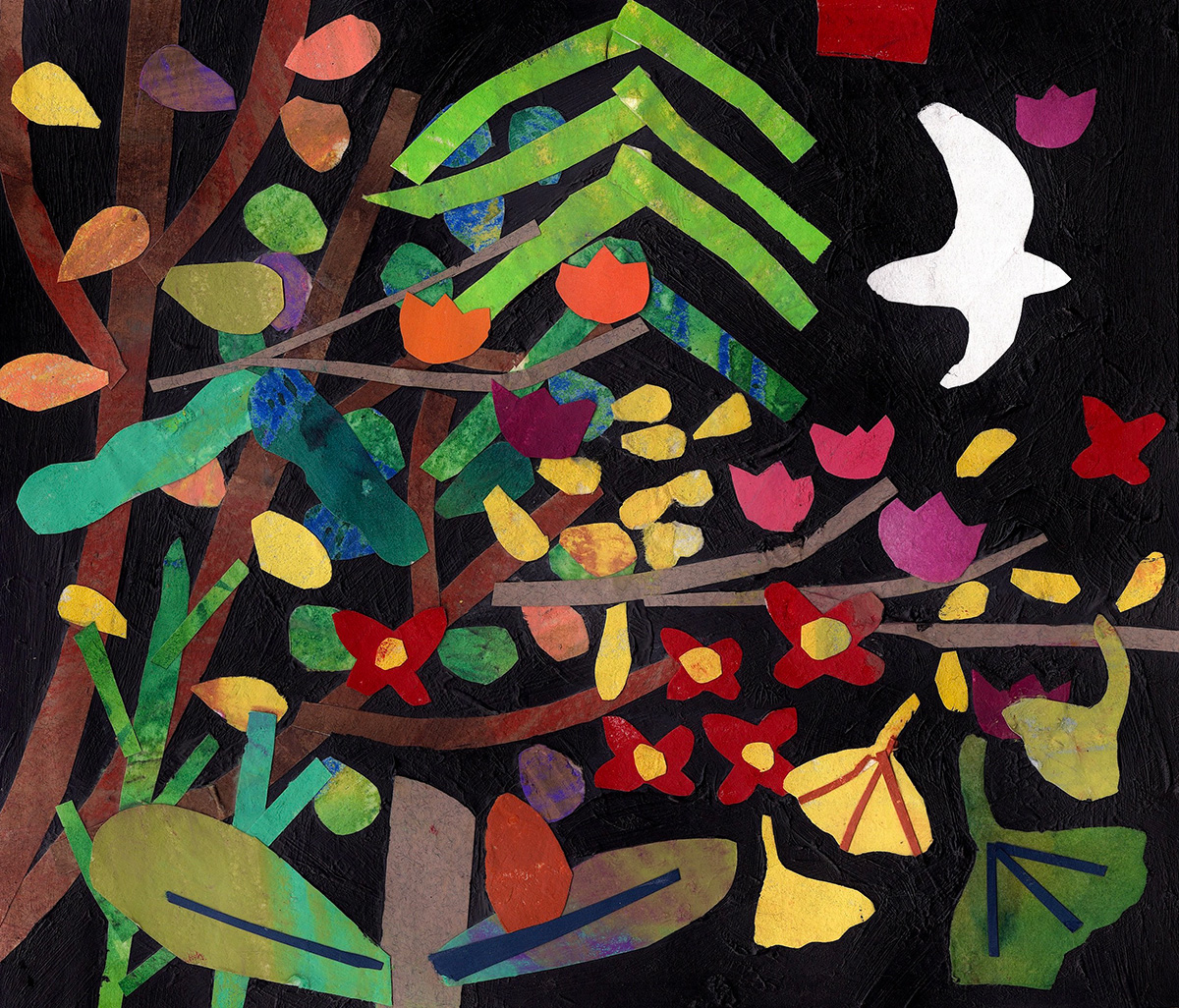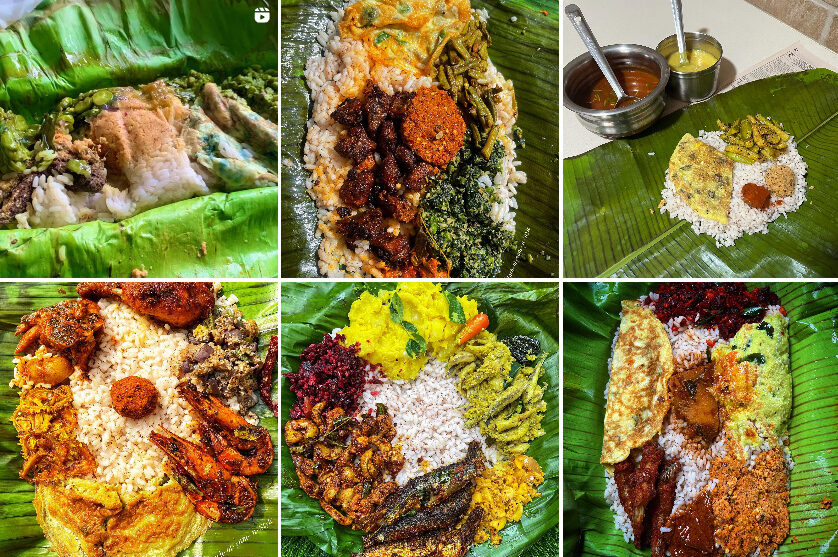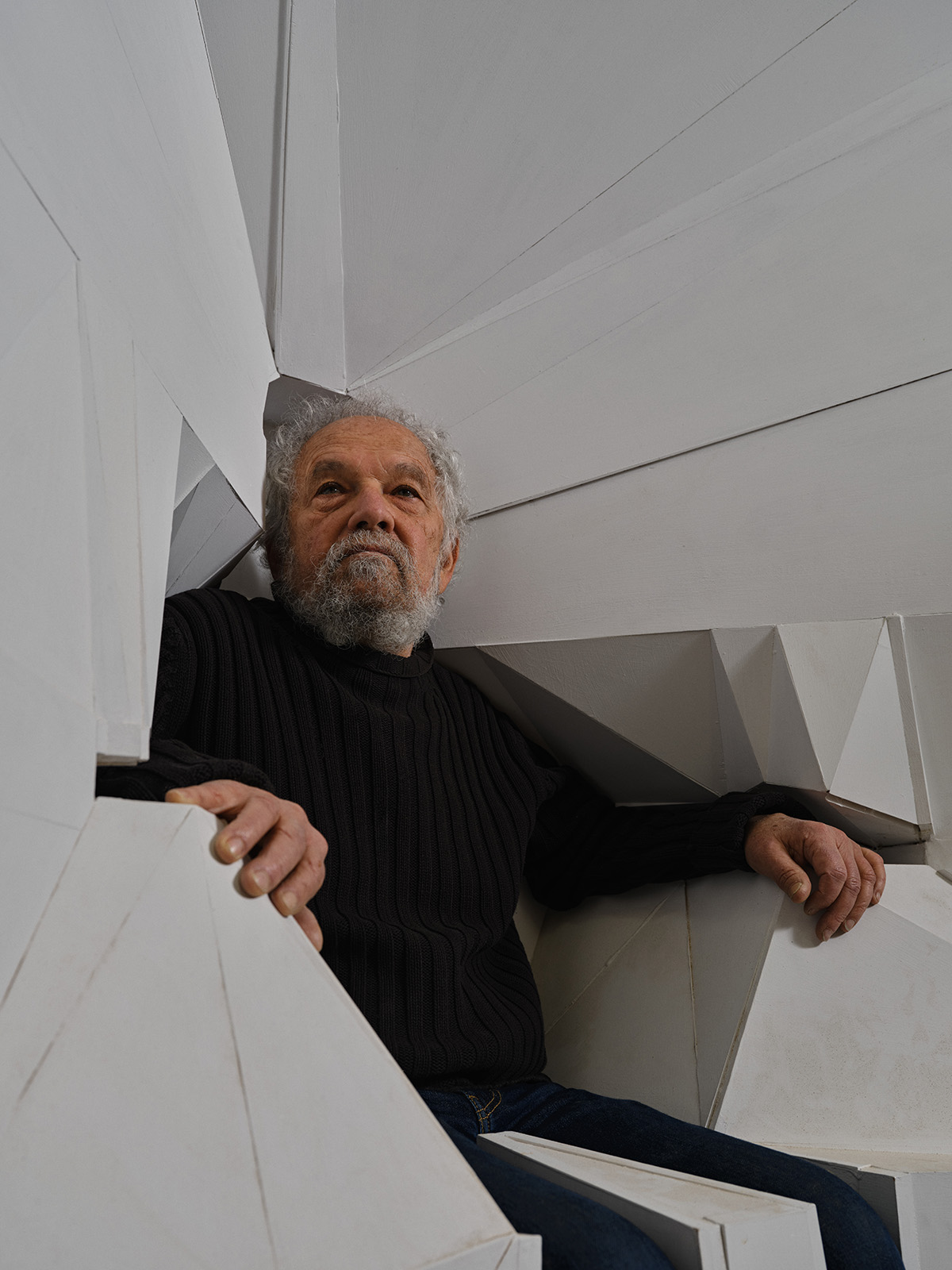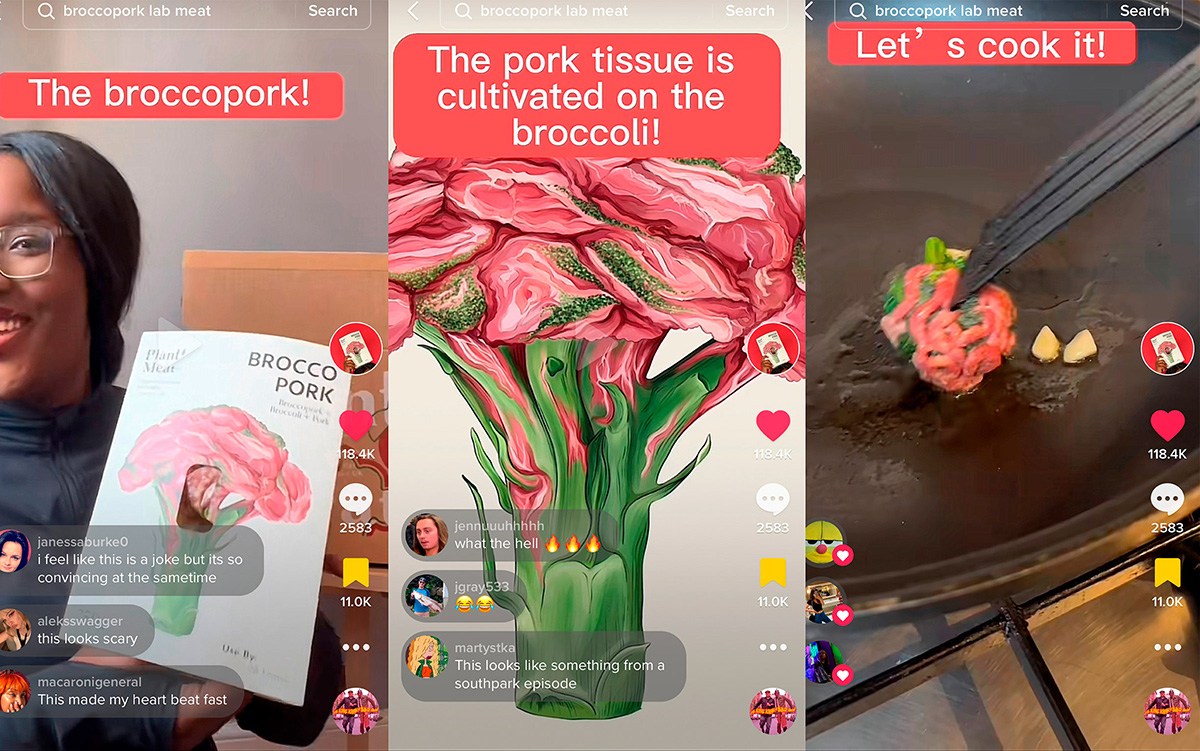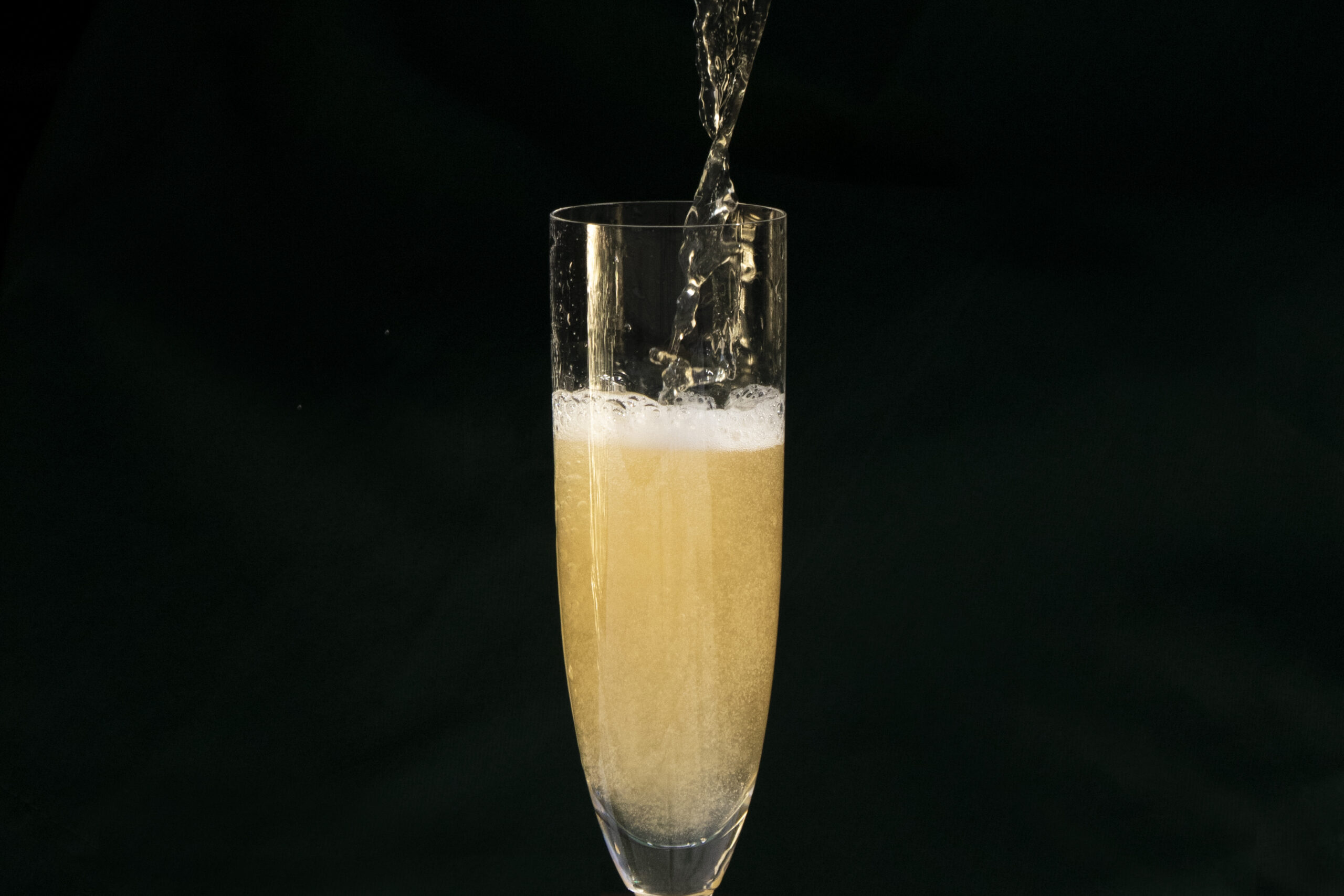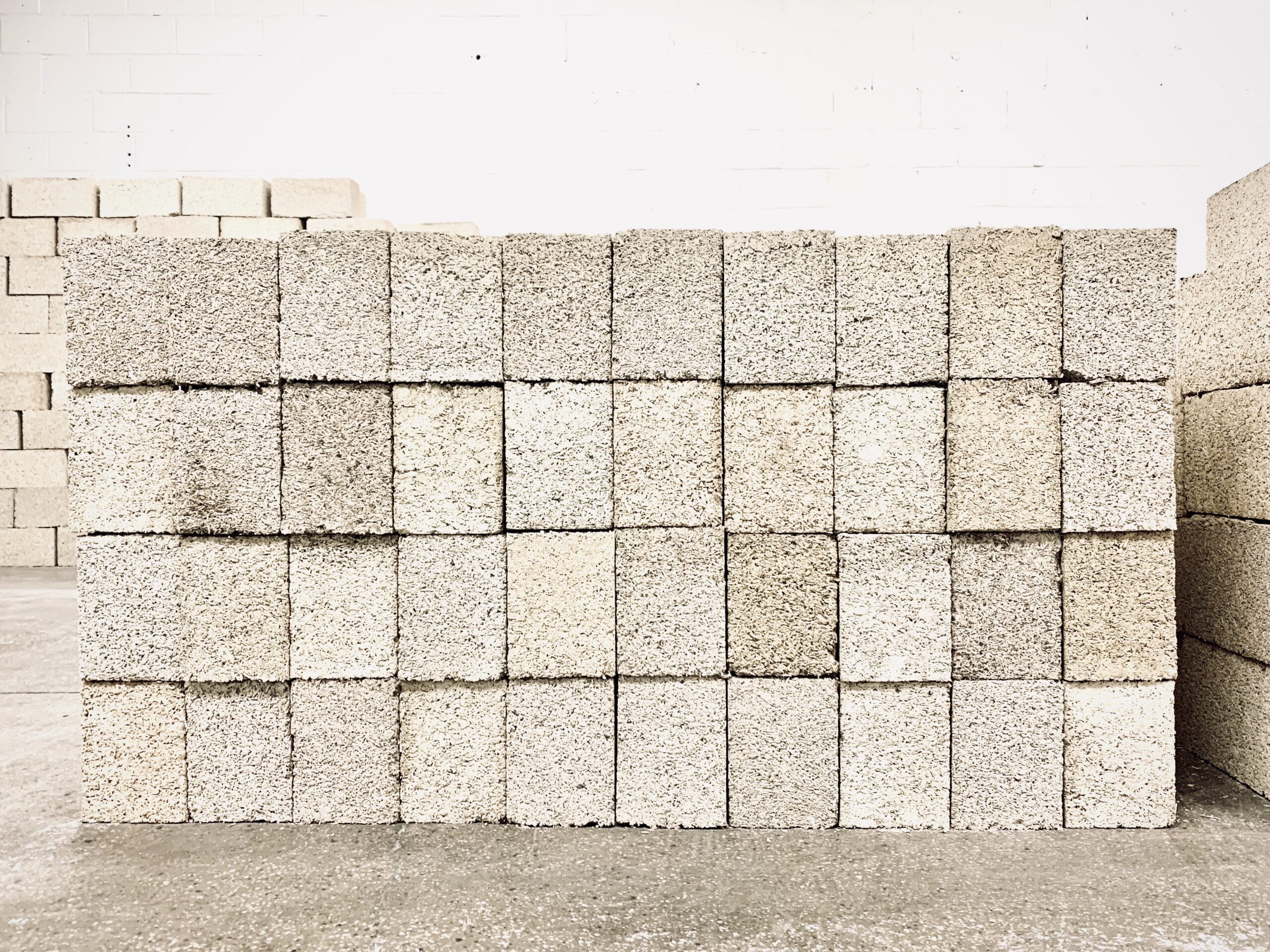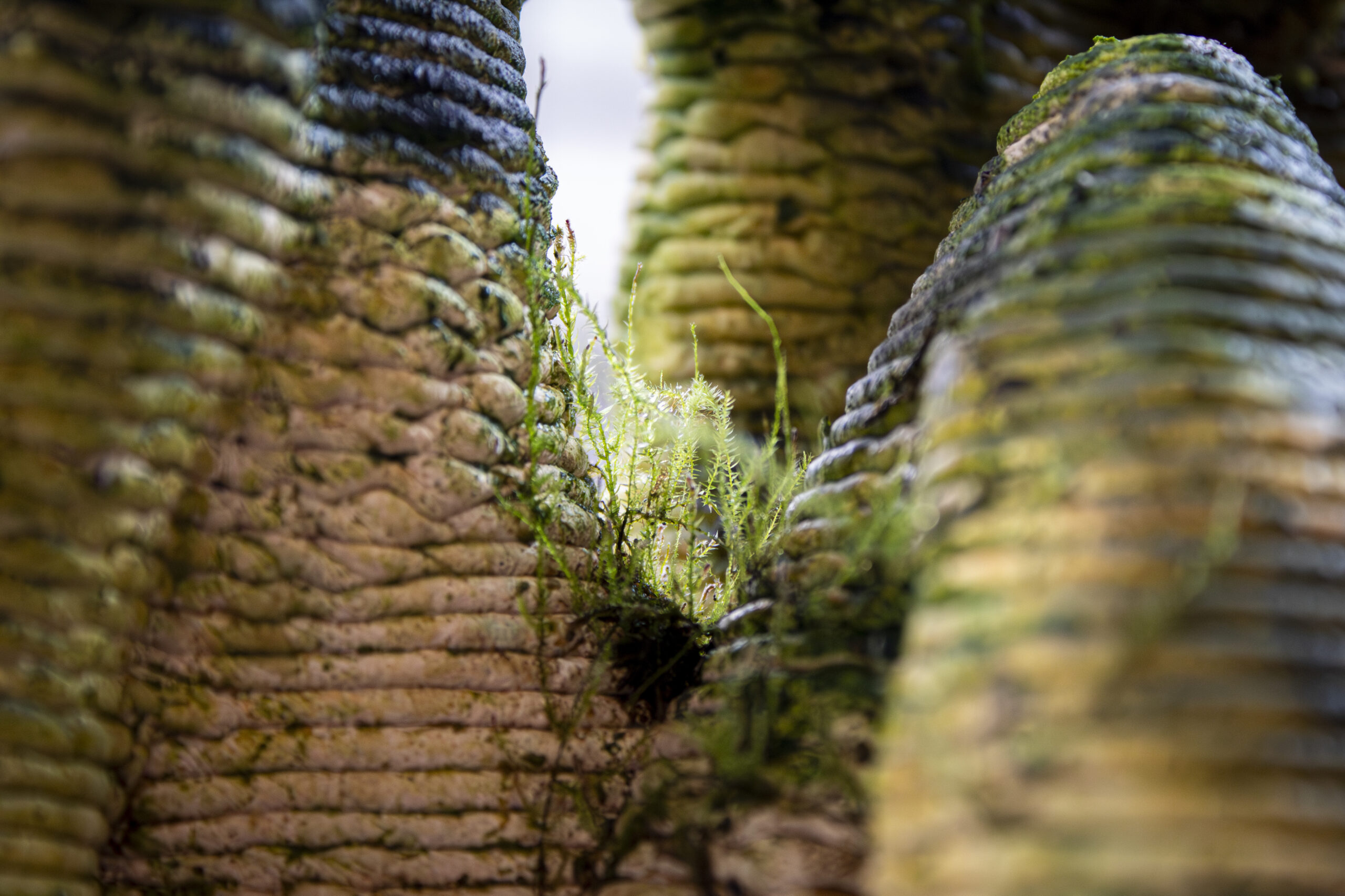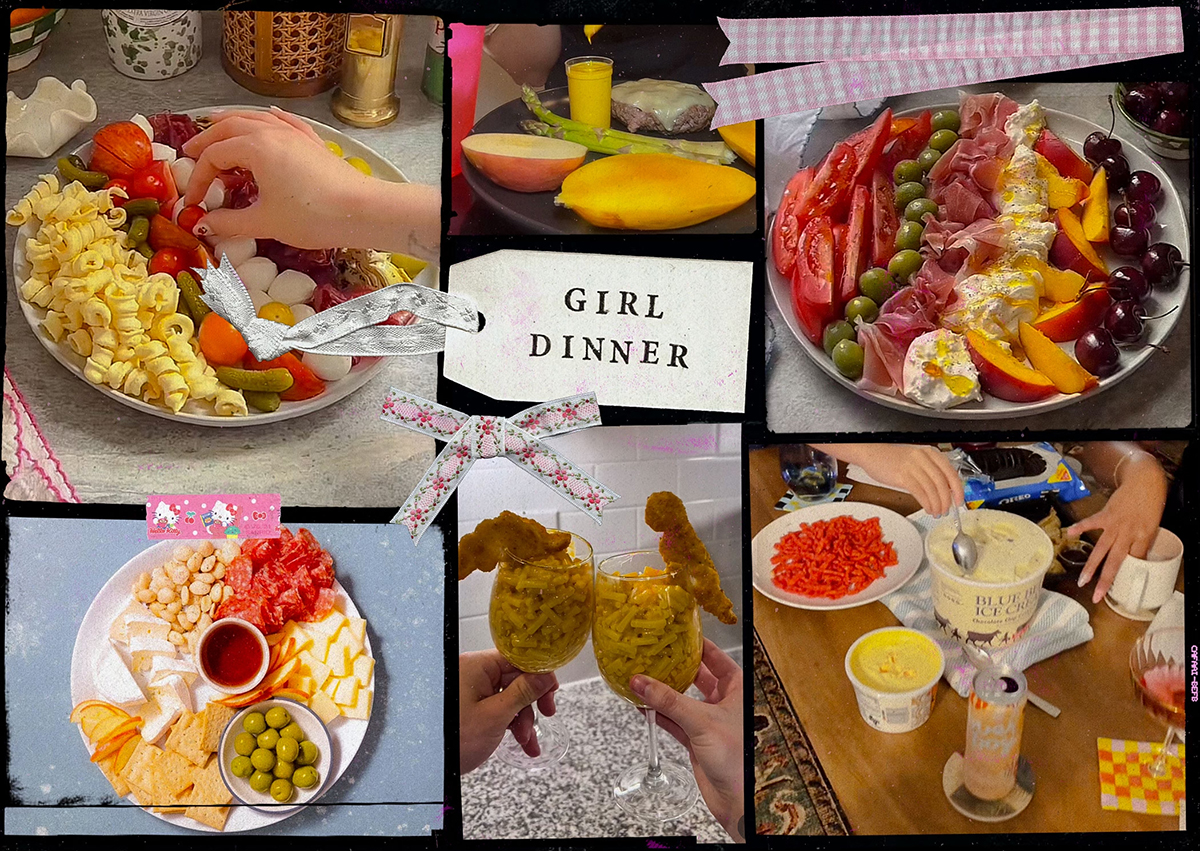This story is a part of MOLD’s reader-submitted project series. Submit your projects here for consideration.
Tea ceremony. What if we could taste relaxing natural places? What if precious ingredients could be integrated with refinement and aesthetic sensibility? This joint project by Simiæn, a design research group led by Julia Schwarz and Lisi Penker, and the chemist Alexander Ehrmann was dedicated to investigating the potential of the culture of tea. It asked what experiences – beyond the simple act of pouring – could be offered by Austria’s tea, which is often consumed for purely pragmatic purposes. And it provided answers in the form of tea glasses made from the elementary material natural stone and an infusion made from lichen. This plant has the unique ability to absorb the taste of the environment in which it grows: on wild coasts, at bracing altitudes high in the Alps, or deep in sweet-smelling mossy forests. More about the program can be found on Saint Charles Apotheke’s website.
Images courtesy of SIMIÆN.
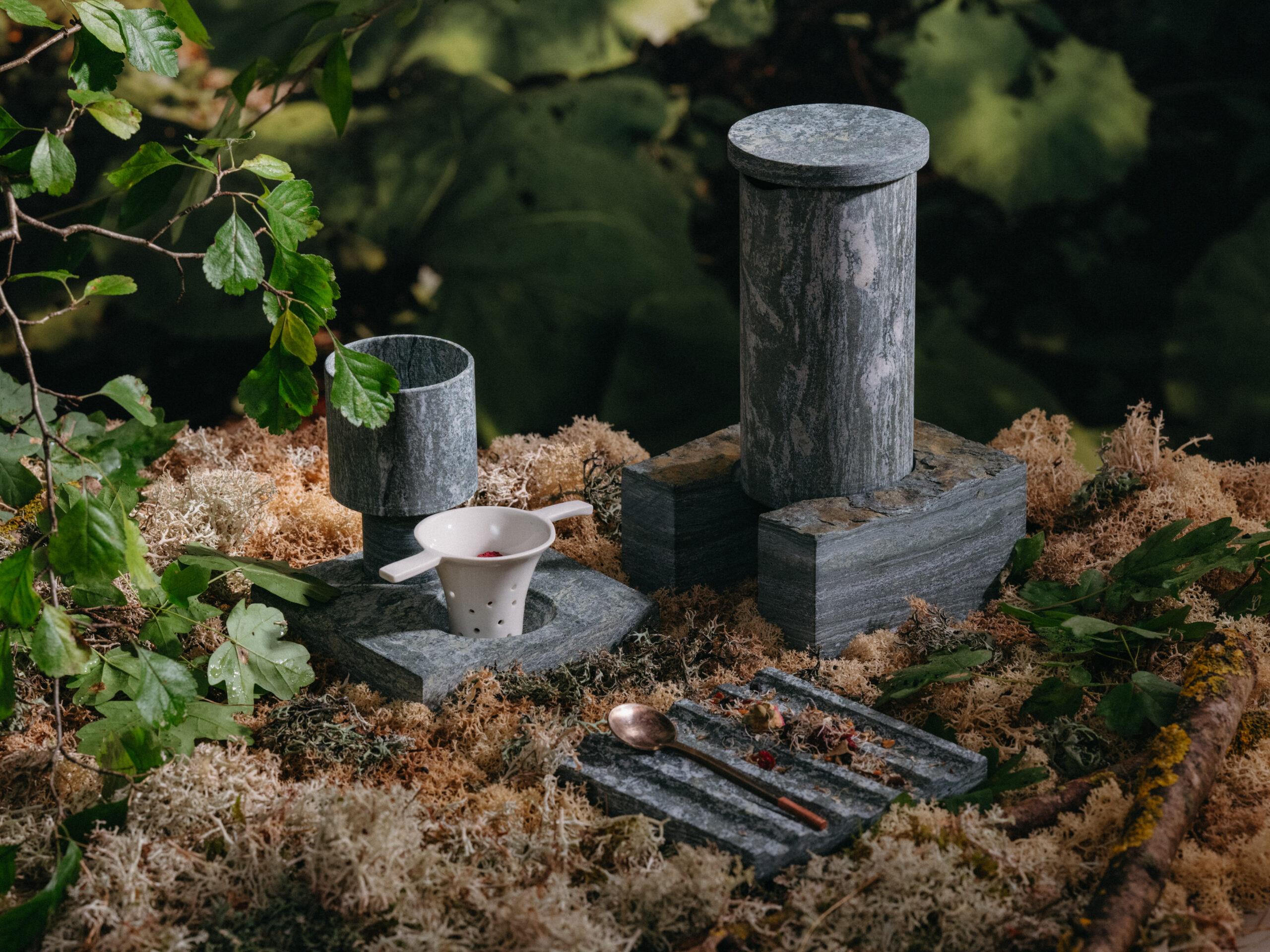
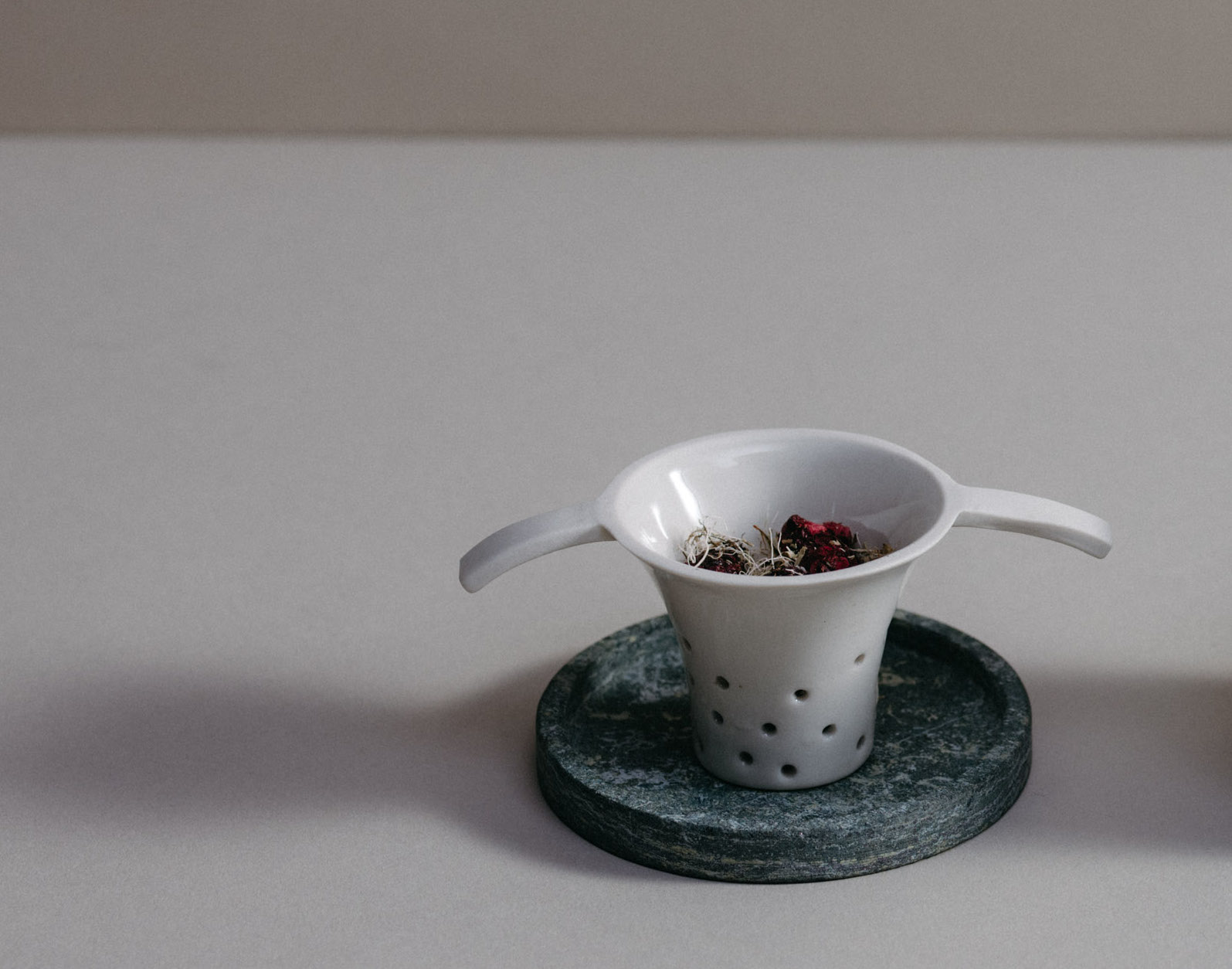
DESIGN PROCESS
On the basis of Unseen Edible, the docu fiction SIMIÆN was developed. Sifting through the past, present and future, we could develop the objects and the scenario.
After first prototypes and forming the essences of five edible lichen we did a tasting at the London Design Festival last year to get the taste profile of the unknown tastes. The most successful term was: “reminds me of.” Following this we could split up the associations (like tears, licking rocks, negroni, old books, sunshine etc.)
Tea is also a very ancient way to use lichen, something which was forgotten and doesn’t remind us of a pleasant taste. The challenge was also to balance the bitterness. Since lichen was also used to stretch grain during famines, we were wondering about the possibility of having an alternative to tea leaves in terms of having a slightly bitter and full taste profile considering the known environmental struggles. Furthermore lichen picks up the taste of their surroundings where they grow (like salt next to coasts or fungi in forests) which led us to question if it is possible to taste landscapes. In our most recent tea we tried to reimagine the taste of a valley of the Alps.
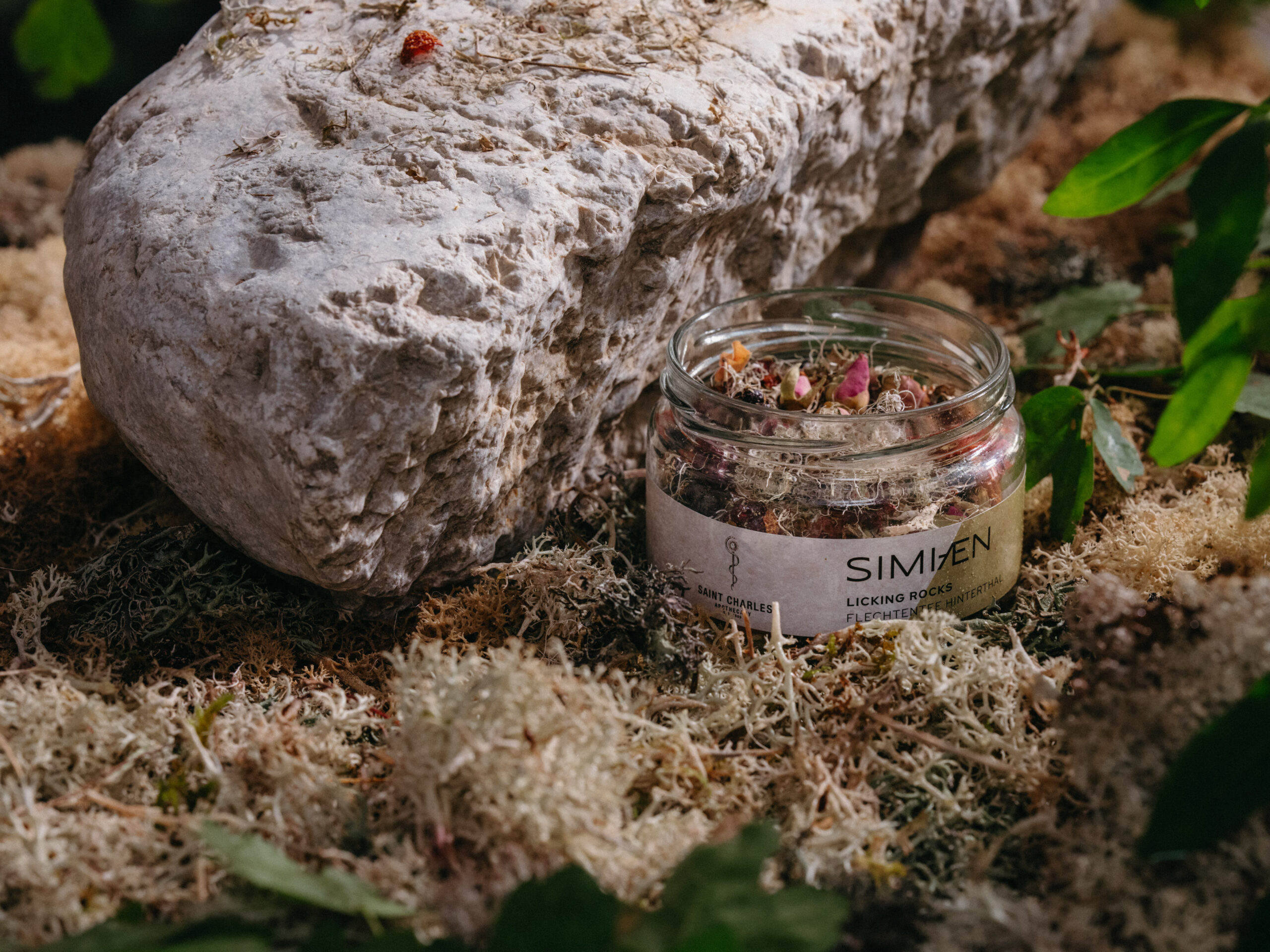
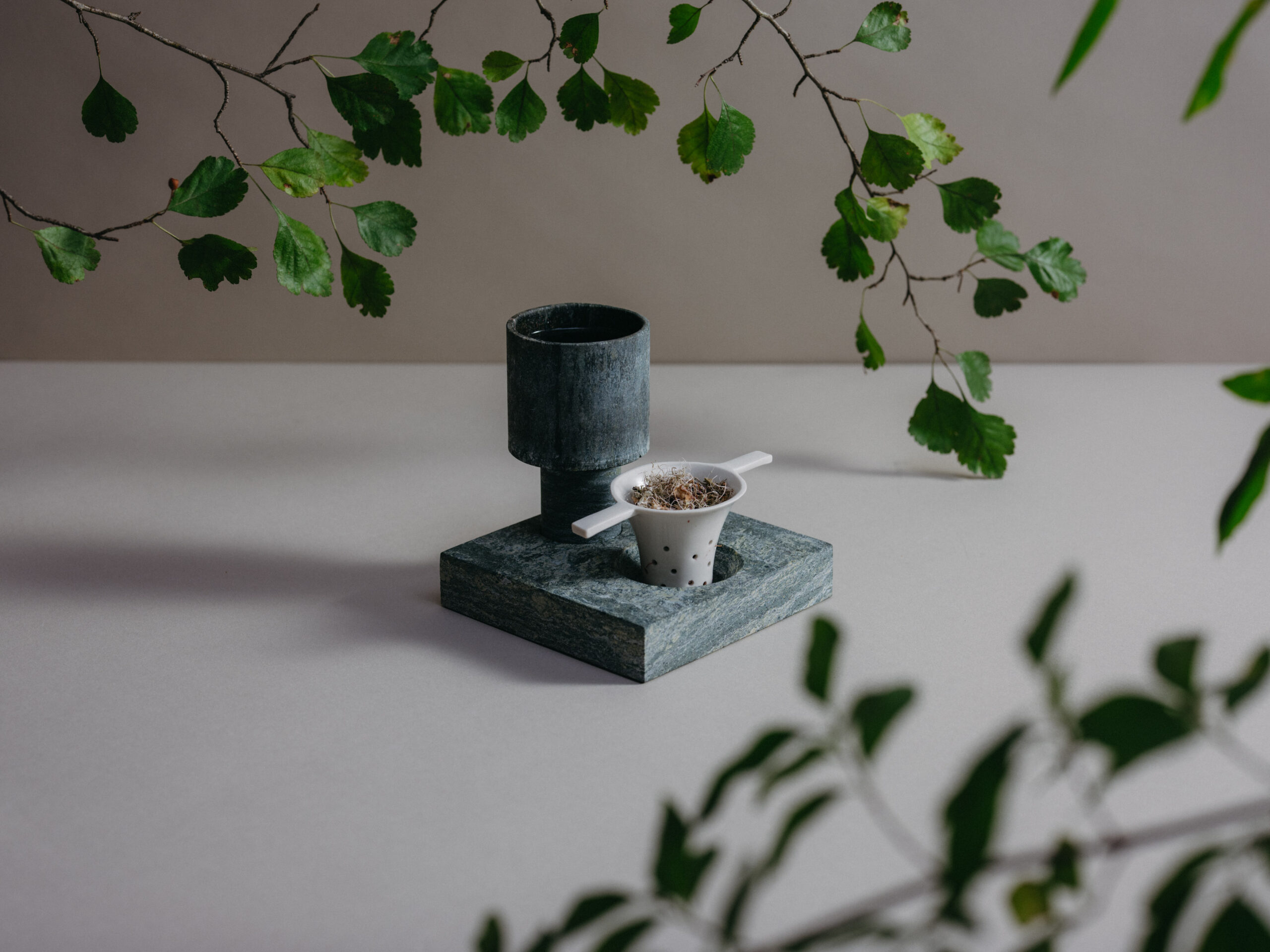
Rocks are one of the main habitats of lichen and they have an overall earthy, mineral taste but to support this taste not only in a multi sensorial way we made the cups of the most elementary material, natural stone.
The relation is built on the taste of lichen and rocks but also that it’s one of lichen’s favorite habitat. Lichen are the first organism which grow when glaciers melt e.g.
The stone cups are furthermore made of leftover stone segments and are made in a very resource-efficient way which was developed during the course of this project. For the research of taste and materials we talked to a Swiss multisensory expert, a tea ceremony master of Taiwan and conducted historical and cultural research of tea culture, lichen and stones. Different to the UK, Austria doesn’t have tea culture, (it is more about wine and Viennese coffee) so we tried to design a tea ritual concept where it is possible to honor the tea on a higher level – like the wine glasses – and explore new ways to add multi sensory enrichment through the barrenness and minimalism of the objects, which is open to even playing with the tea cup. The tea cup is made in two separate parts – unlike an espresso, it wants to disconnect from the current and just drink tea.
FUTURE OF FOOD
This is connected with the “problem”: because of climate change there are already struggles with tea production, lichen gives a slightly bitter and bright taste profile – like tea but different. Working with the most element material – natural stone – might be also seen in the future, it is easy to handle for food and beverage consumption and uses much less energy. Rituals will also take place in the future – the tea ceremony is a way to slow down and let you taste (forgotten) and longing landscapes/ places.
PROBLEM
In simiæn’s work we explore alternative ways. We are talking here not of a proper problem but a challenge and an alternative when climate change fastens up and food and material resources get hardy. To prevent this and to help to slow down that process we work with lichen – a very hardy organism. We brought it in the context of tea and tea culture: Tea because it has a slightly bitter taste and could be an alternative to tea leaves which are imported from far east to Austria and have already struggled with climate. Tea culture because Austria doesn’t have tea culture—tea is drunk just for pragmatic causes. The tea ceremony set is made 100% of local natural stone, therefore we developed an extra process for the usage of stone waste. The stone cups give the tea a multi sensorial and more deep taste.
ABOUT THE PRACTICE
This project is by Julia Schwarz and Lisi Penker. simiæn is a lichen-based food futures studio (simiaen.com).
